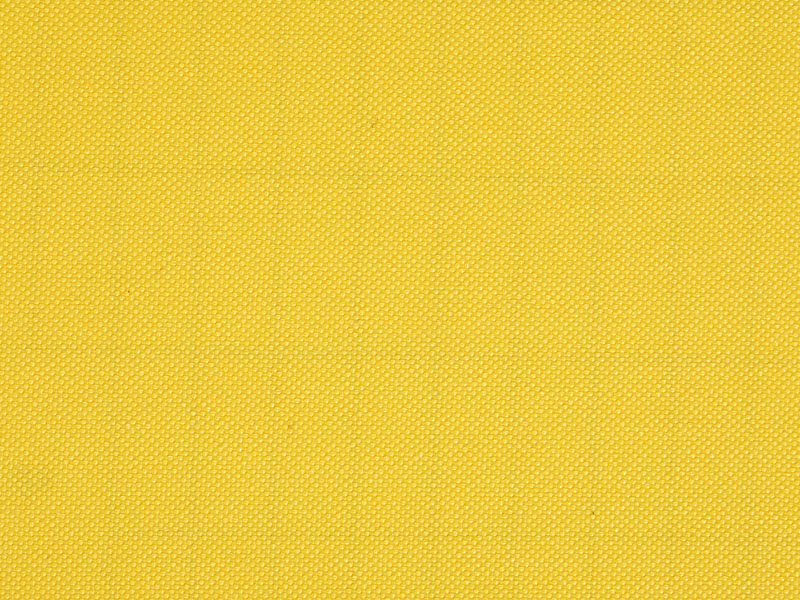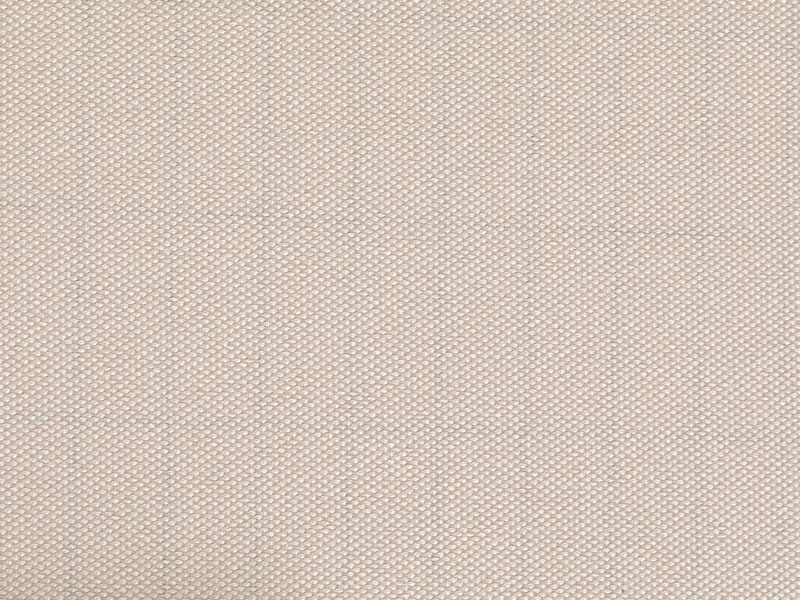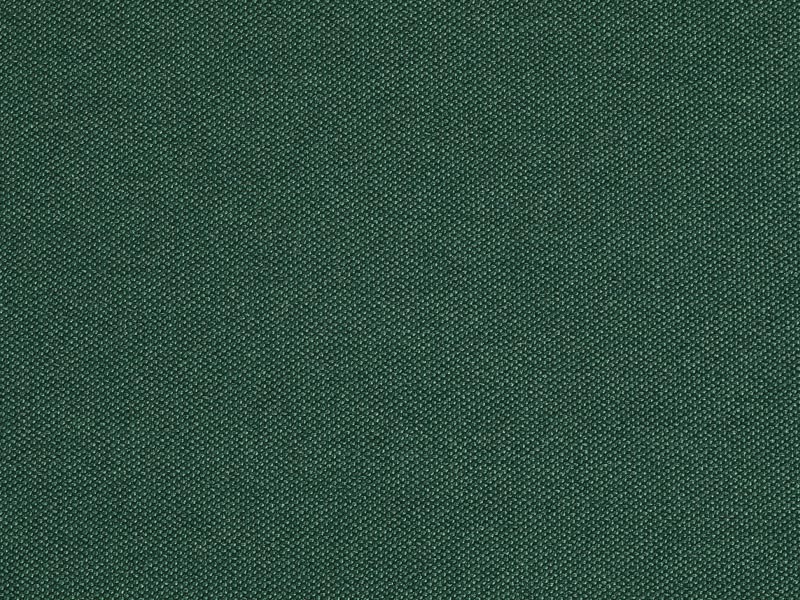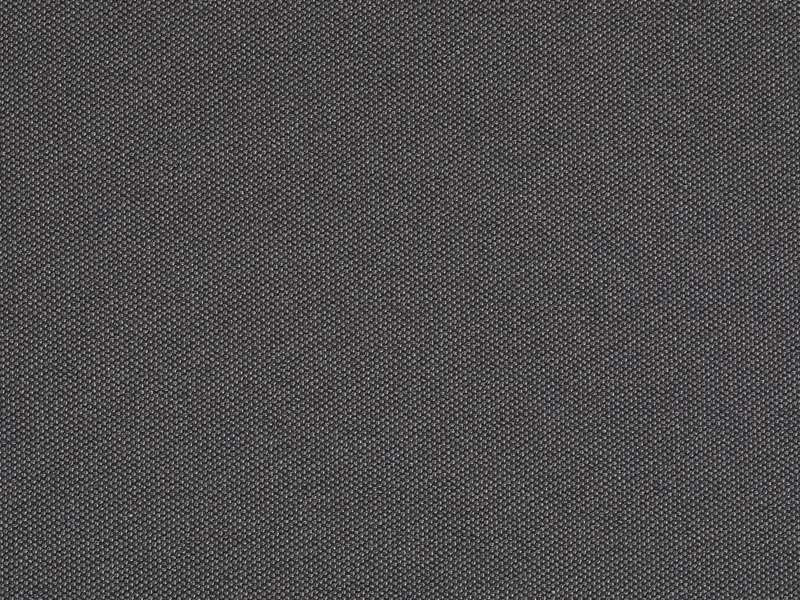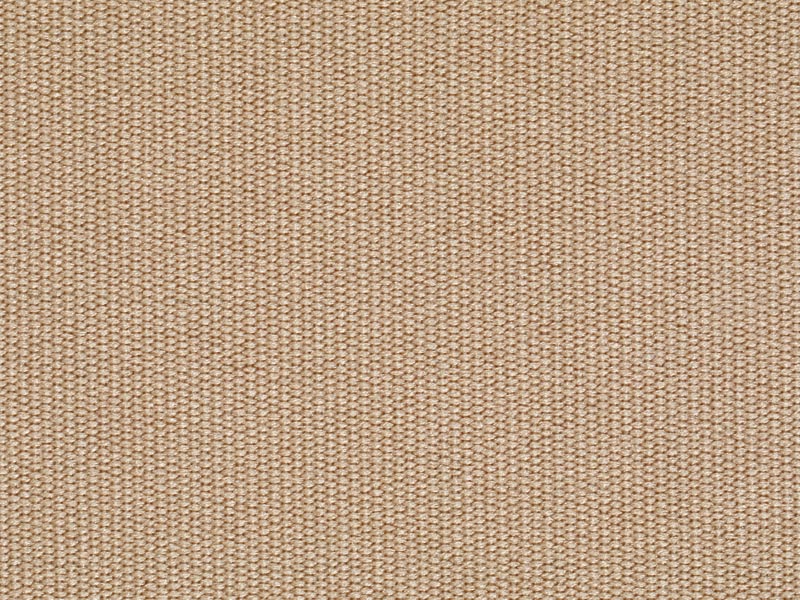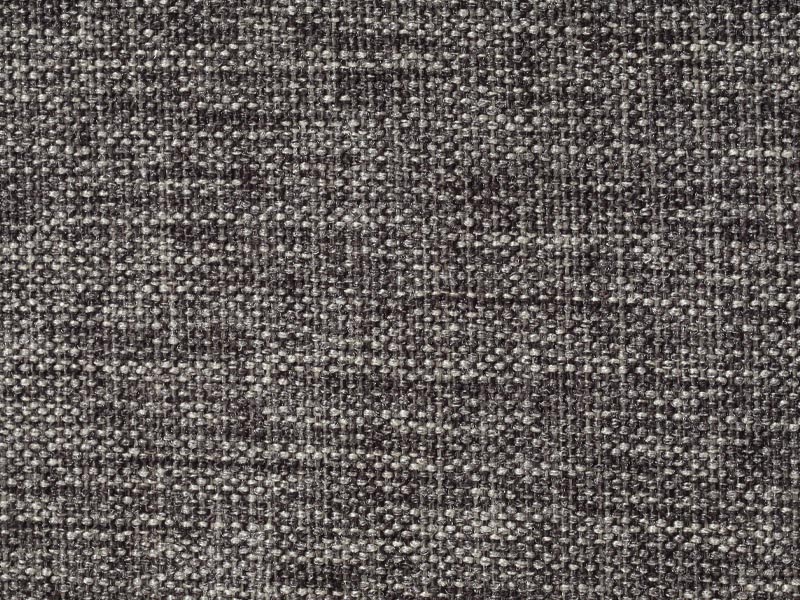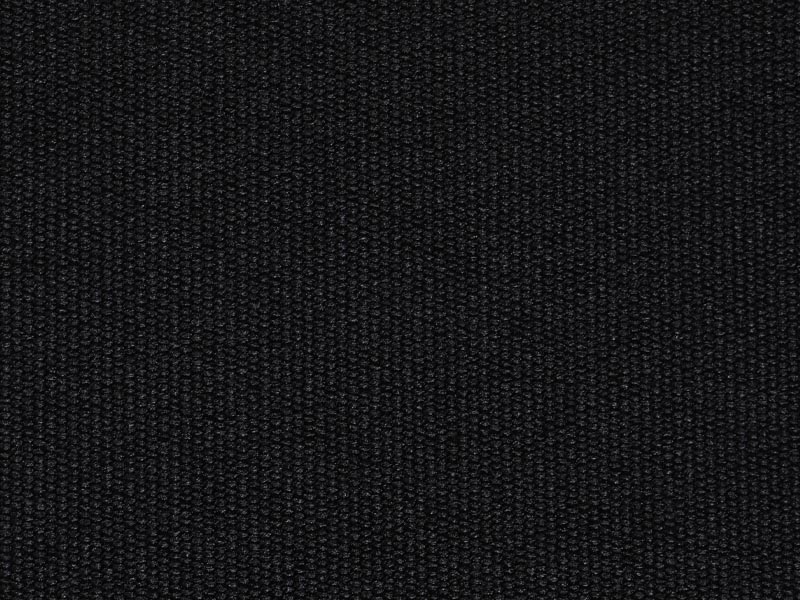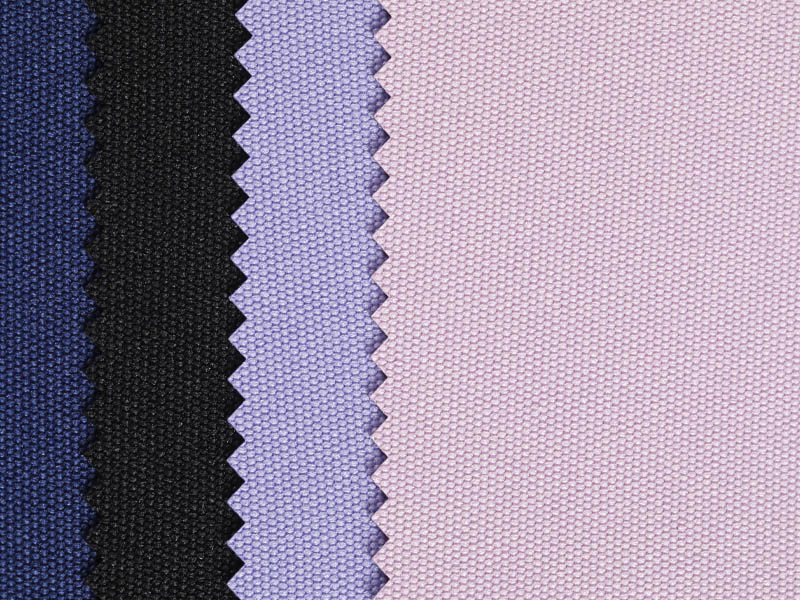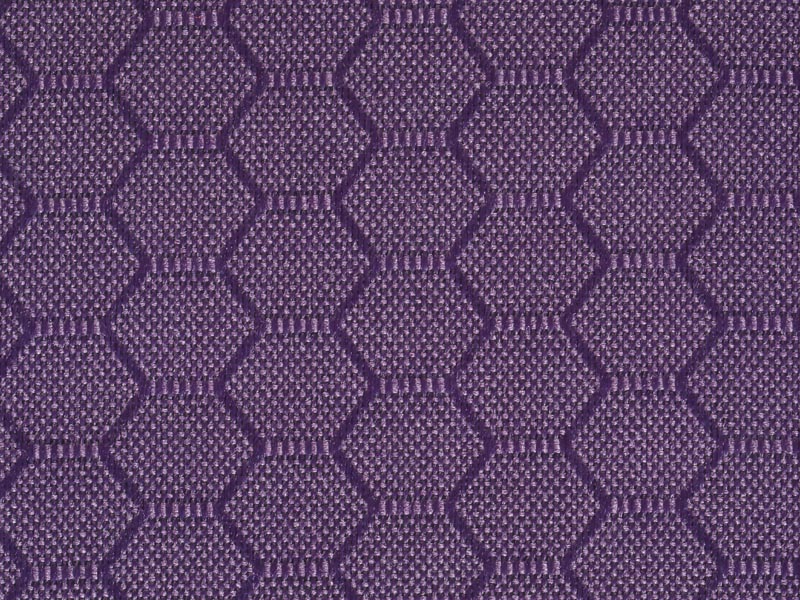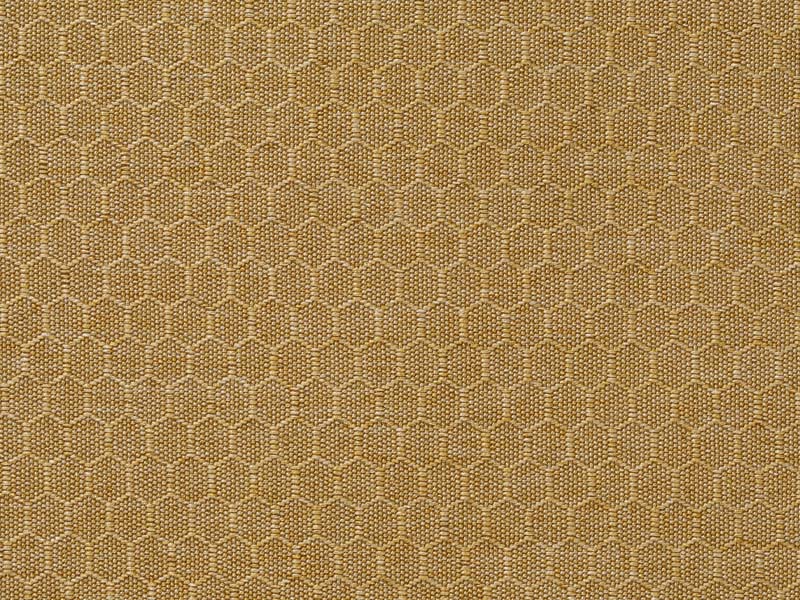Explore the evolution of tent fabrics
Posted by Admin
OEM canvas shelter tent fabric Manufacturer
In the world of outdoor adventure, the choice of tent fabric is crucial for ensuring a comfortable and safe experience. With the advancement of technology and materials science, modern tent fabrics, including polyester, nylon, and thermoplastic polyurethane (TPU), have transformed the way tents are designed and performed. This article explores how these innovative materials have significantly influenced the tent industry, enhancing durability, weight efficiency, and overall user satisfaction.
Tent fabric plays a pivotal role in the functionality of camping equipment. It is the line of defense against the elements, providing shelter from rain, wind, and sun. Traditionally, tent fabrics were primarily made from cotton canvas, which, while durable, was often heavy and less effective in wet conditions. The shift toward synthetic materials such as polyester and nylon has revolutionized tent design, allowing for lighter and more efficient options that cater to the needs of modern campers.
Polyester has emerged as a popular choice for tent fabric due to its remarkable durability and resistance to environmental conditions. One of the key advantages of polyester tent fabric is its ability to maintain its shape and strength, even when exposed to moisture. Unlike traditional cotton, polyester does not absorb water, which helps prevent mold and mildew growth—a common issue with older tent materials.
In addition, polyester tent fabric is often treated with a waterproof coating, ensuring that campers stay dry even in heavy rain. This waterproofing enhances the performance of polyester tents, making them suitable for various climates. Lightweight polyester tents are favored by backpackers who need to minimize weight while more protection. The durability of polyester also means that tents made from this fabric can withstand wear and tear from rough handling and challenging conditions, making them a reliable choice for outdoor enthusiasts.
Nylon has gained immense popularity in the tent fabric market, especially among those seeking lightweight options for backpacking and trekking. The inherent strength-to-weight ratio of nylon makes it an ideal choice for ultralight tents. Manufacturers often use ripstop nylon, which features a unique grid pattern that enhances tear resistance without adding unnecessary weight.
Nylon tent fabric also boasts outstanding water resistance, making it suitable for wet environments. However, it is essential to treat nylon with a silicone or polyurethane coating to enhance its waterproof properties. Many modern tents utilize coated nylon, providing an outstanding balance between weight and weather protection.
Another advantage of nylon tent fabric is its flexibility. The fabric can stretch slightly under tension, allowing it to conform better to various structures and shapes. This adaptability results in a more stable tent design, particularly in windy conditions. Overall, nylon's lightweight and durable nature has made it a go-to choice for campers looking to minimize their gear weight without compromising on quality.
Thermoplastic polyurethane (TPU) is a newer player in the tent fabric arena, but its unique properties are quickly making it a favorite among outdoor enthusiasts. TPU is a flexible, durable material that combines the better aspects of both polyester and nylon, providing outstanding abrasion resistance and waterproofing.
One of the standout features of TPU tent fabric is its eco-friendliness. As awareness of environmental issues continues to grow, many manufacturers are exploring sustainable options. TPU can be produced without harmful solvents and is often recyclable, making it a responsible choice for eco-conscious campers.
Furthermore, TPU tent fabric has exceptional UV resistance, which helps protect the tent from sun damage over time. This feature is particularly beneficial for long-term use in sunny climates, where traditional fabrics may degrade faster. Additionally, TPU maintains its performance in a wide temperature range, ensuring that campers can rely on their gear in various conditions.
The performance of tent fabric can be further enhanced through specialized coatings and treatments. Many manufacturers apply waterproof coatings to their polyester, nylon, and TPU tents, improving their ability to repel water and increasing durability. Seam sealing is another critical process that involves applying adhesive tape to the seams of the tent to prevent leaks, ensuring that the interior remains dry during adverse weather conditions.
Another innovative treatment is the addition of flame retardants to tent fabrics. This safety feature is especially important for campers who use stoves or open flames near their tents. Flame-retardant treatments help reduce the risk of fire hazards, providing peace of mind to campers.
As the outdoor industry continues to evolve, the future of tent fabric holds exciting possibilities. Innovations in material science are paving the way for even more advanced fabrics that prioritize sustainability, performance, and user experience. Research into bio-based materials and nanotechnology is underway, promising to create fabrics that are not only durable and lightweight but also environmentally friendly.
Furthermore, advancements in digital printing technology are allowing manufacturers to create custom designs and patterns on tent fabrics, adding a personal touch to camping gear. This trend caters to consumers' desire for individuality and aesthetic appeal in their outdoor equipment.
The evolution of tent fabric has significantly impacted the camping experience, with materials such as polyester, nylon, and TPU the charge. These innovations have enhanced the durability, weight efficiency, and overall performance of tents, allowing campers to explore the great outdoors with confidence. As the industry continues to innovate and prioritize sustainability, we can expect even more exciting developments in tent fabric technology, ensuring that outdoor adventures remain enjoyable and safe for generations to come. Whether you prefer the lightweight nature of nylon, the durability of polyester, or the eco-friendliness of TPU, there is a tent fabric available to suit every adventurer’s needs.
In summary, the right choice of tent fabric is essential for ensuring a successful camping trip. Understanding the properties and benefits of various materials empowers campers to make informed decisions that enhance their outdoor experiences. As the market continues to evolve, one thing is certain: tent fabric will remain at the forefront of outdoor innovation, shaping the future of camping and exploration.

 English
English Français
Français Español
Español عربى
عربى Tiếng Việt
Tiếng Việt